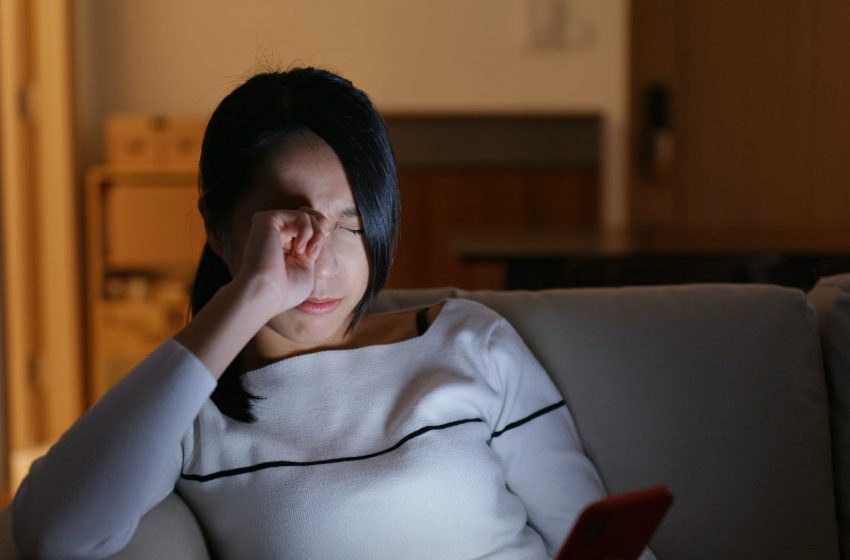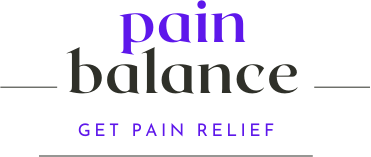
Pain Behind Eye With Movement
If you feel pain behind eye with movement, you should have it checked if it could b serious. Most eye pain may not be life-threatening, but some could lead to serious complications.
It depends on the cause of the eye pain, which we will help you diagnose by sharing the known conditions for this symptom.
Helping you know your diagnosis doesn’t replace a visit to an eye doctor; it stands as an information-only option. This information is primarily for anyone who may have difficulty getting medical help and want to know what is wrong with their eye.
We always recommend seeing your doctor as the best way forward.
Nevertheless, see the list below to know what can cause the back of the eye to hurt with movement. You will learn about the conditions related to this issue, causes, symptoms, and treatments.
The necessity of this information helps to determine what makes the eye hurt.
It would help if you compared the symptoms with your own to help determine what disease you may have. Once you can establish what is wrong, you can treat the problem.
We will also share what treatments are available, medical or natural. Here are the conditions that cause pain behind the eye with movement.

Contents
Pain Behind Eye With Movement – The Likely Causes
Giant Cell Arteritis
Giant cell arteritis is a condition that causes eye pain, but the reason isn’t known. However, some believe the cause of this condition could be due to an autoimmune disease that affects blood vessels.
Symptoms of giant cell arteritis are jaw pain, vision loss, or seeing double. Other symptoms include temple pain, headache, tender scalp, and fatigue. You may also experience unexplained weight loss and fever.
Treatment for this condition is primarily a corticosteroid drug in high dosage. This medication will help with any inflammation that causes pain.
Exercise can help control high blood pressure and diabetes, which could worsen the symptoms of GCA. Eating foods high in anti-inflammatory properties offers some benefits.
Angle-Closure Glaucoma
Angle-closure glaucoma occurs when fluid in the eye becomes trapped due to the inability to drain on its own. Unlike regular glaucoma, this disease comes from rapid pressure buildup in the eye.
Symptoms of angle-closure glaucoma are eye pain, blurry vision, and severe headaches. Other symptoms are vomiting, nausea, and red eyes. You may also experience vision problems with lights having the effect of halos around them.
Treatment for this condition is surgery to remove glaucoma. Laser surgery is the most popular method of removal. The other process is an incision into the eye to help remove the fluid buildup.
Dental Conditions
Various dental conditions occur when an infection affects the jaw, gum, teeth, and surrounding areas. These infections can inflame nerves in the face, affecting the eyes.
Temporomandibular joint disorder (TMJ) can lead to eye pain. TMJ happens when the jaws become challenging to open and close; this disease occurs primarily from teeth grinding.
Symptoms for dental conditions are problems opening and closing jaws and eye pain. Other symptoms include toothache, abscess, gum disease, tooth decay, earache, and headache.
Treatment for this condition is tooth extraction, crowns, and fillings. Cleaning the teeth of plaque is another option and removing an abscess in the mouth.
Other methods are painkillers for toothache, headache, earache, and eye pain. You can place a cold or hot compress on the face and foods that offer relief due to their anti-inflammatory properties.
Pain Behind Eye With Movement – Other Causes
The eyes are the window to the world; losing you should avoid losing your vision at all costs. If you have any eye discomfort, you should seek attention immediately to help resolve the issue. Early diagnosis makes the disease reversible, giving you the best chance possible.
Cavernous sinus thrombosis
Cavernous sinus thrombosis occurs when the head becomes infected by bacteria. The infection affects the eyes, and the pain can be excruciating. Staphylococcal is the most common bacteria; it affects the sinuses, forehead, and cheekbones.
Symptoms of cavernous sinus thrombosis are double vision, high fever, and excruciating eye pain. Other symptoms include swelling around the eyes or a bulging of the eyes. You may experience severe headaches, particularly close to the eyes and forehead.
Treatment for this condition is antibiotics, those prescribed by the doctor, or the use of foods high in antifungal properties. Other treatments include anticoagulants that help with blood clotting; lemons and grapefruits are good for thinning the blood.
You may also use corticosteroids and surgery to drain the fluid from the sinuses. If the infection causes fluid buildup around the eye, that can be removed with surgery also.
Headaches
There are over 300 headache types, and all of them can affect every area of the head. They can sometimes cause eye pain, ear pain, and even neck pain.
Headaches occur when the body ingests food or other foreign substances that cause a reaction. Mental stress, skipping meals, medications, and lack of sleep can cause different headaches.
Symptoms of headaches are pain in the head, neck, shoulder, and eyes. The headache could be throbbing or pounding, some severe, others mild.
You may experience sensitivity to noise and light and become easily agitated. Other symptoms are tension in the eyes that make concentrating impossible.
Treatment for headaches is over-the-counter painkillers or foods that can help soothe pain, like those rich in anti-inflammatory properties. It is a good practice to drink more water when you have a headache.
Other methods are avoiding foods that can trigger headaches like chees and certain nuts. Find a dark room bet rest and massage the area where you have the pain. These can help give you relief, especially in the immediate.
Eye Strain
Eye Strain occurs when the eyes are overused and don’t get enough rest. The leading cause of eye strain is screen time, and any device can cause discomfort.
The bright light will bother the eyes over time; the more you use these devices, the worst the issue becomes. Practicing reading in poor light or words that are too small helps worsen the condition.
Symptoms of eye strain are concentration issues, eye pain, headaches, and burning eyes. You may experience itchy eyes, blurred and double vision, and sensitivity to light.
Persons with eye strain will have stiffness in the neck and shoulders. You may have trouble keeping your eyes open.
Treatment for this condition is cutting back on screen time, eye flush, and blinking more. Other methods are changing the settings on your devices. Some devices have blue light-filtering, and you can adjust the lighting.
Another way of helping with eye strain is by placing the monitor at the correct eye level.
The pain behind eye with movement you experience can stop if you show more care. Once you know what disease applies to you, take steps to fix the problem.
Speak to your eye doctor about what you learned for the best guidance possible.

